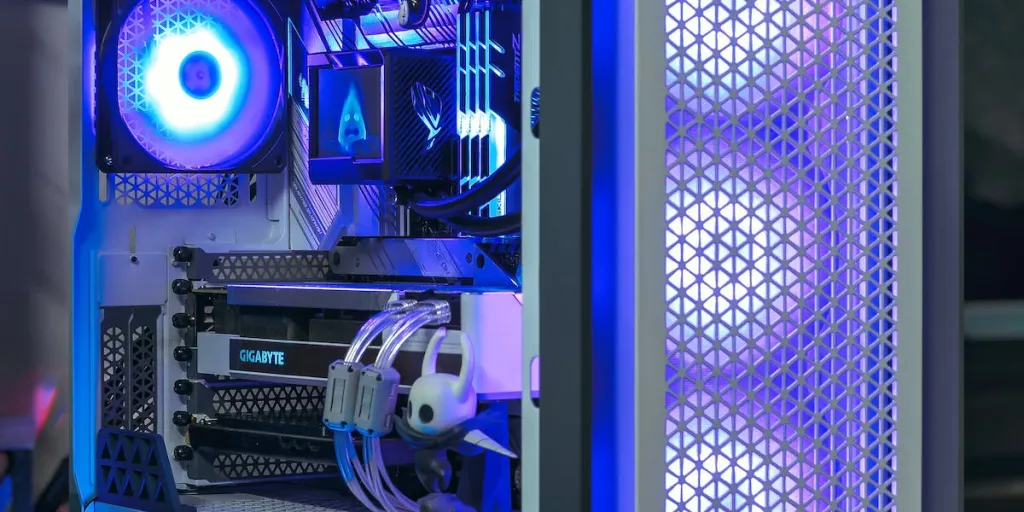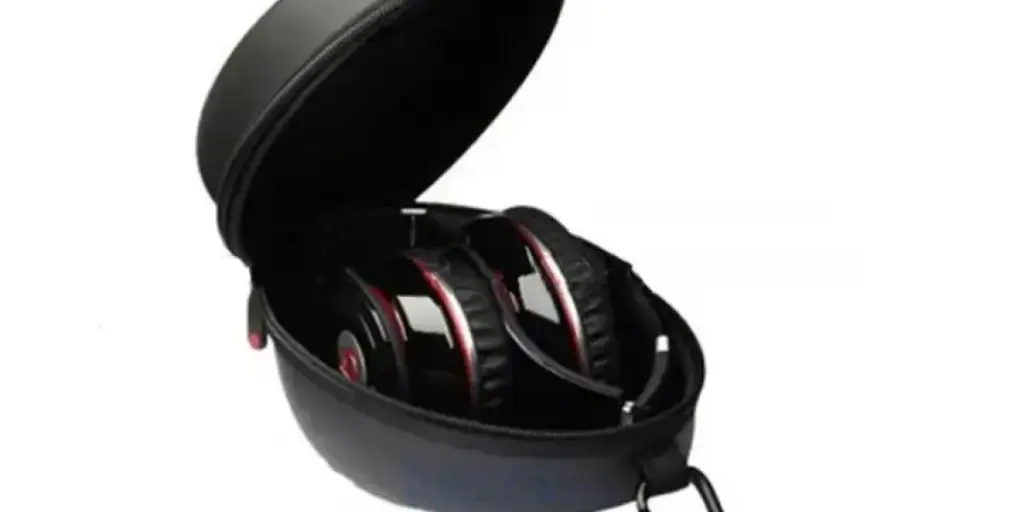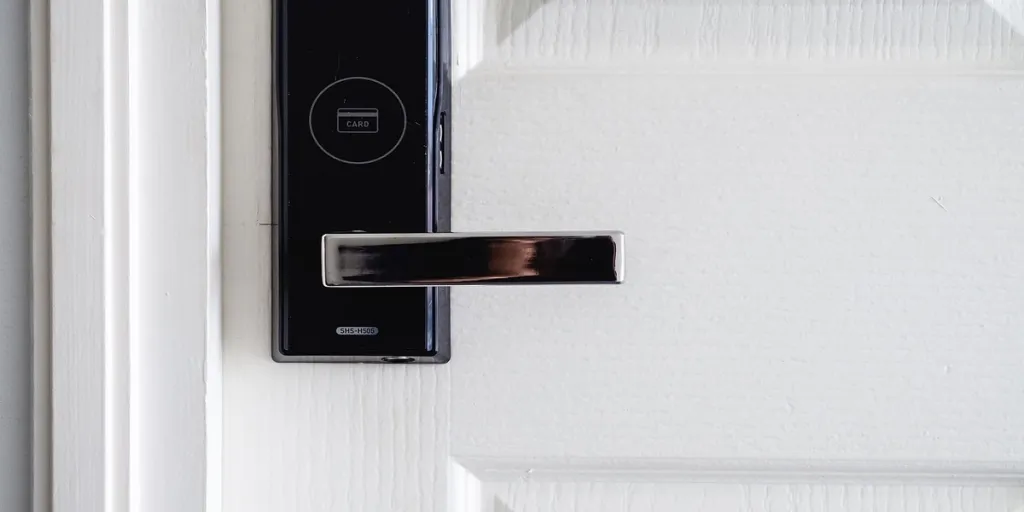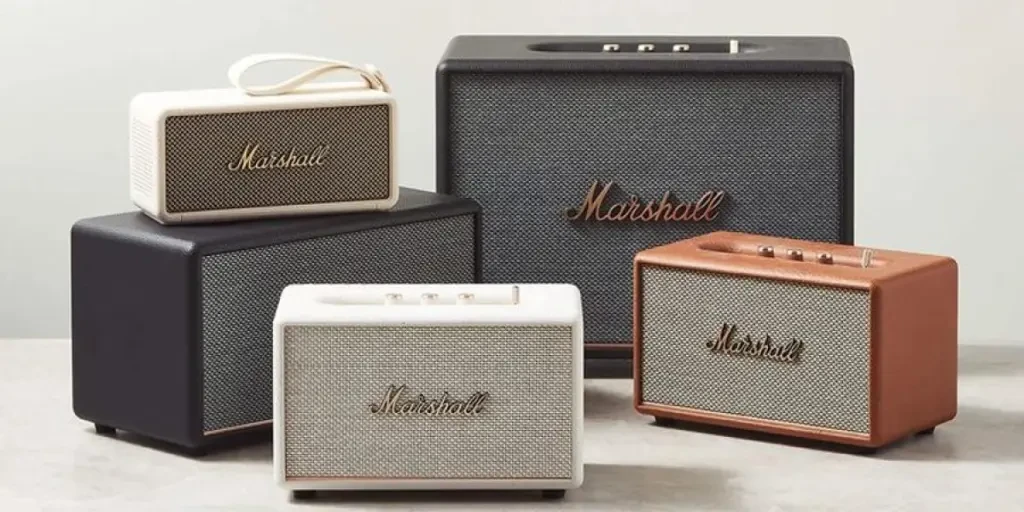Whether consumers use their PC as a visual attraction in their gaming room or stuff it under a desk in their home office, using the right computer case is a big game changer.
While basic cases offer all the necessary features, like the right size and room for hardware or USB devices, some advanced ones offer much more. Lower temperatures, muffled sounds, spacious insides, and incredible water-cooling support are just the tip of what they can do.
This article will provide five helpful insights to push businesses toward choosing the right computer cases in 2024.
Table of Contents
How big is the computer case market?
Computer cases and towers: 4 tips to help choose the right one in 2024
Wrapping up
How big is the computer case market?
Experts report that the global computer case market will hit US $3.866 billion in 2022. They suggest the industry will boost to US $5.505 billion by 2023 at a 6.07% compound annual growth rate (CAGR).
The rising digitization levels and the growth of the gaming industry are factors driving the demand for consumer cases. Asia-Pacific currently holds a dominant market position, but North America also has a significant share.
Computer cases are also attracting massive search interest. According to Google Ads, they’ve maintained 301,000 searches monthly since June 2023, growing from 2022’s 201,000 inquiries.
Computer cases and towers: 4 tips to help choose the right one in 2024
1. Consider the size and shape

There are four common case sizes: full tower (large), ATX (medium), micro-ATX (small), and mini-ITX (smaller). While there are no standardized dimensions for case sizes, all cases support various computer motherboard form factors, like extended ATX, standard ATX, micro-ATX, and mini-ITX.
Larger cases, like full towers, are more likely to accommodate different motherboard form factors, offering consumers versatility in their motherboard choices. Conversely, smaller cases are limited by size and cannot accommodate larger motherboard form factors.
Here’s a table showing more details on what consumers love or prefer about each case size:
| Case size | Benefits |
| Full tower case | It can fit all motherboard sizes (EATX, ATX, micro-ATX, and mini-ATX) Offers enough space for all PC building components Offers more expansion slots and drive bays |
| Mid-tower case (ATX) | The most popular computer case Offers the perfect blend of smaller sizes and large internal volumes It can comfortably house ATX and MATX motherboards Some variants can support EATX motherboards |
| Mini tower case (micro-ATX) | It can fit micro-ATX and mini-ITX motherboards It also offers better portability and compact size |
| Mini-ITX case | It can only fit mini-ITX motherboards It is perfect for consumers looking for the ideal balance of performance and portability |
2. Check compatibility
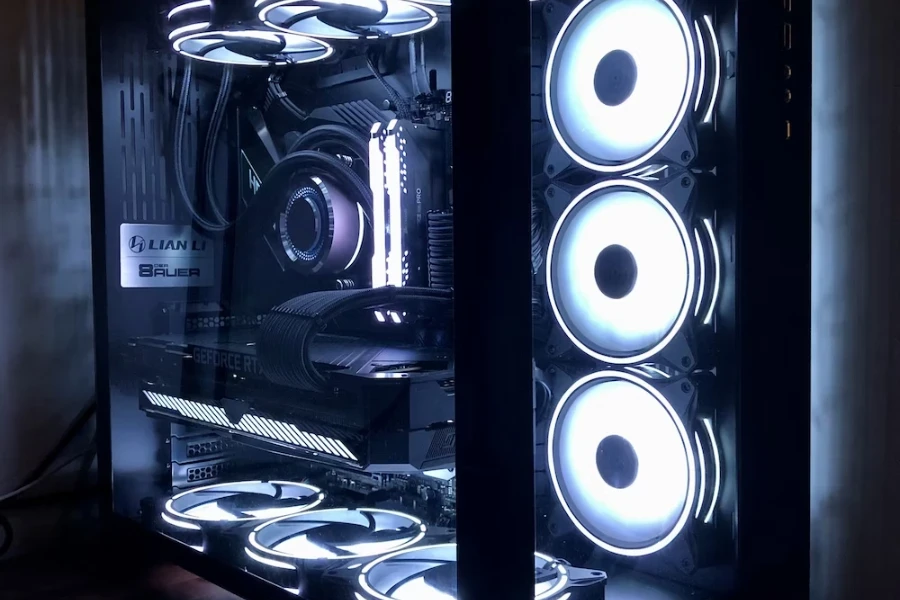
When selecting a PC case, retailers must consider compatibility issues beyond motherboard form factors. In this regard, graphic card length, air CPU cooler tower height, and liquid cooling radiator size are three common concerns.
Graphics card length
Although graphic cards have become smaller and cases have more clearance, consumers still encounter issues with GPUs not fitting in cases. However, businesses can check the table below to see what graphic card lengths each computer case size can accommodate and specify accordingly in their offers.
| Graphic card length | Compatible case sizes |
| Under 200 mm | Mini-ITX, Micro-ATX |
| 200 mm to 250 mm | Micro-ATX, ATX |
| 250 mm to 300 mm | ATX, full tower |
| Over 300 mm | Full tower |
Air CPU cooler tower height
Like graphic cards, some air CPU coolers have taller heatsinks. So, not every case will be deep enough to accommodate the tallest coolers. Once again, check the spec sheet below to know what the chosen cases can accommodate.
| Air CPU cooler tower height | Computer case size |
| Under 60 mm | Mini-ITX, Micro-ATX |
| 60 mm to 90 mm | Mini-ITX, Micro-ATX, ATX |
| 90 mm to 120 mm | Micro-ATX, ATX, full tower |
| 120 mm to 150 mm | ATX, full tower |
| 150 mm to 180 mm | Full tower |
| Over 180 mm | Full tower |
Liquid cooling radiator size
Do consumers want to use liquid AIO coolers or custom loops? Then, retailers must ensure the cases they offer have the necessary openings for a hassle-free and cleaner installation. However, the size is another area worth considering because cooling radiators come in different sizes.
Check the table below to see what radiator size each case type can handle.
Note: Custom liquid cooling setups require extra reservoir space, so compatibility with larger radiators won’t mean suitability for custom loops.
| Radiator size | Custom cooling loop size requirements | Compatible case size |
| 120 mm | 1×240 mm radiator + 1× pump/reservoir combo | Mini-ITX, Micro-ATX |
| 240 mm | 2×240 mm radiators + 1x pump/reservoir combo | Micro-ATX, ATX |
| 280 mm | 1×360 mm radiator + 1x pump/reservoir combo | Micro-ATX, ATX |
| 360 mm | 2×360 mm radiators + 1x pump/reservoir combo | ATX, full tower |
| 420 mm and above | 3×360 mm radiators + 1x pump/reservoir combo | Full tower |
| 1×420 mm radiator + 1x pump/reservoir combo | Full tower | |
| 2×420 mm radiators + 1x pump/reservoir combo | Full tower | |
| 3×420 mm radiators + 1x pump/reservoir combo and larger | Extremely large full tower or custom cases |
Note: These guidelines help businesses choose compatible cases to sell. Please check the manufacturer’s spec sheets for exact measurements and case compatibility.
3. Inspect the design and airflow
The computer case’s structure is pivotal in its visual appeal, airflow, and noise levels. While certain cases may look visually appealing, they may not offer the best airflow for users seeking to run high-performance hardware.
Adequate airflow is a crucial factor for any PC build, particularly gaming setups that frequently push their hardware to its limits. Why? Insufficient airflow will lead to overheating, resulting in the infamous thermal throttling.
A good case design should also block the noise generated from fan drives and other system components. It helps keep the gaming or work environment less distracting.
4. Don’t forget case aesthetics
Case aesthetics can help boost a build’s appeal—especially when all those fancy lights and designs come into play. However, not everyone would love all these features packed into one case. So, businesses must decide if they want to go all out on case aesthetics or not.
Here are some aesthetic aspects to consider before stocking up on computer cases:
Tempered glass panels
Fantastic and gorgeous words best describe PC cases with tempered glass side panels. But things take a drastic turn when consumers install their hardware.
Basically, if consumers can’t afford the time to manage their cables and hide the ugliness, they won’t like the idea of tempered glass panels. But if they do it right, it’ll be tough to beat the stunning look.
RGB lighting
Lighting effects are the way to go for consumers looking for some bling. Although some find it loud or irritating, most consumers feel RCG lights add a lovely ambiance to work or gaming stations.
The best part is that some computer cases come with built-in, customizable RGB lighting, giving consumers enough flexibility to match their build with their surroundings and mood.
Wrapping up
PC building is an exciting adventure that involves choosing powerful components like GPUs, CPUs, motherboards, and cooling fans. However, such choices won’t make sense if they don’t fit in the selected computer case.
That’s why offering the perfect computer case or tower is super important for businesses—especially if they want to profit from the PC building market without diving into other components.
Consider these four tips before purchasing PC cases and towers in bulk to maximize ROI in 2024.
